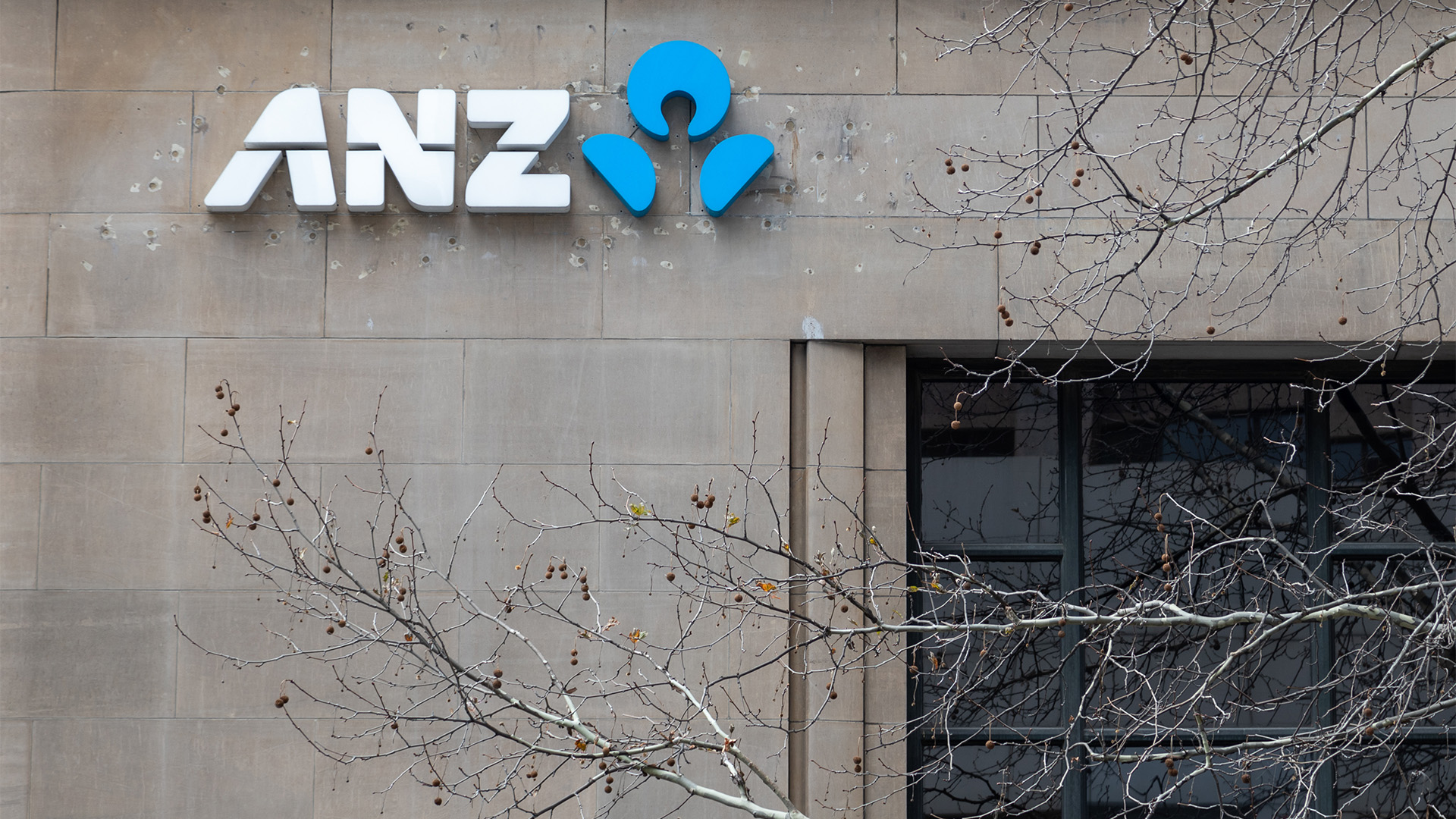The Asian Development Bank (ADB) says Asia’s developing economies this year will grow by 7.5%, with the region on track for a "robust recovery".
That will be sharply up on the 5.2% growth rate in 2009.
Growth in 2011 is forecast to slow slightly to 7.3%.
The bank’s forecast remained below the region’s record 9.6% boom in 2007.
As expected, China and India will lead the rebound this year, with help from Korea and Taiwan.
East Asia – including Hong Kong, China, Korea, and Taiwan – is forecast to see GDP grow by 8.3% in 2010, up from 5.9% last year.
"GDP growth will remain buoyant in the PRC, while Korea is expected to rebound to 5.2%, driven by stronger private investment and consumption and the pickup in global trade," the ADB said.

"The PRC is forecast to grow by 9.6% in 2010, up by about one percentage point from 2009.
"Aggressive fiscal and monetary stimulus is being adjusted, but will continue contributing to strong growth.
"Buoyant domestic demand will be backed by firmer external demand.
"The trade surplus will resume its upward trend. Economic growth is forecast to ease to about 9.1% in 2011, as the stimulus policies are phased out."
Southeast Asian economies will grow by 5.1% this year, up from just 1.2% in 2009.
The ADB sees countries including Thailand, Cambodia, and Malaysia experiencing an upswing in their exports, although given the riots and killings in Thailand in the past week, there would now have to be doubts about the health of its economy over the rest of this year.
The ADB said India will drive South Asia’s 7.4% growth rate this year, up from 6.5% rise in 2009.
"India will lead the group with projected 8.2% growth. Its rebound a year earlier and continued strong expansion stem largely from domestic demand conditions—a revival of exuberance of the years prior to 2008," the ADB said in its outlook report.
"For its part, Sri Lanka is expected to see an uptick of 6.0%, boosted by the peace dividend of investor confidence. Improved domestic economic fundamentals should allow Pakistan to attain higher growth of 3.0%."
Central Asia, including Kazakhstan and Georgia, will see economic growth of 4.7%, compared with 2.7% and Pacific island nations, led by Papua New Guinea, are expected to see their economies grow 3.7% in 2010, against a 2.3% rise last year.
The ADB forecast Fiji’s economy to again contract by 0.5% this year after shrinking in 2009 by around 2.5%.
"Developing Asia’s recovery has taken firm hold and a return to stronger and sustainable growth is now in sight if the region can meet the challenge of strengthening domestic demand," said ADB Chief Economist Jong-Wha Lee.
The region’s prospects improved after better-than-expected growth in the second half of 2009, a boost driven by the "strong performances" of the Chinese and Indian economies, the bank said.
"(The region) can look ahead to a robust recovery in the next two years," the bank said.
Fiscal stimulus measures designed to counter the global financial meltdown will likely continue to lure foreign investment, the bank said, while rising incomes and lower unemployment should get consumers spending more, it said.
That spending will likely boost inflation to about 4% this year and again in 2011, up from 1.5% in 2009, the bank said.
The ADB looks at 44 countries stretching from the former Soviet states of Central Asia to some Pacific islands, but excludes developed countries such as Japan, Australia and New Zealand.
The region, however, remained at risk if the global economy’s recovery slows or the removal of fiscal stimulus measures is not timed properly, the bank said. A spike in international commodity prices could also curtail the region’s recovery, it added.
"The region faces several risks, including a slower global recovery, with the outlook for the industrialised economies still somewhat uncertain," it said.
"There is concern that as stimulus measures are unwound, particularly in the major economies; the strength of private demand is not healthy enough to take over."
The region’s early recovery is "already attracting potentially volatile capital flows, complicating macroeconomic management," the bank said.
"Asset price trends must be watched and preventative action taken before disruptive asset bubbles materialise," it said.
Rising food prices, which disproportionately affect the poor, also pose a risk, it said.
The report warned that government policy makers must steer their countries through an uncertain environment with a "timely return to sound and responsible fiscal and monetary policies".
"These served the region well when the crisis broke, and authorities need to adapt them appropriately as recovery takes hold and the crisis recedes," it said.

Loosening exchange rate policies may help boost intra-regional trade while authorities across the region must coordinate fiscal, monetary and exchange rate policies to avoid a homegrown financial crisis, the bank said.
"Such adjustments… will enable the region to better adapt to the post-crisis world," it added.













